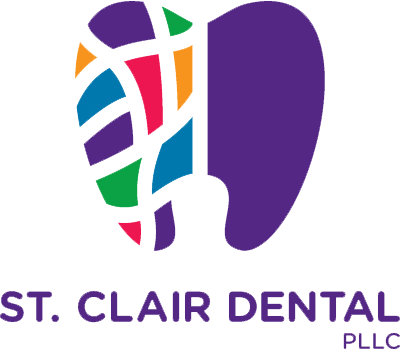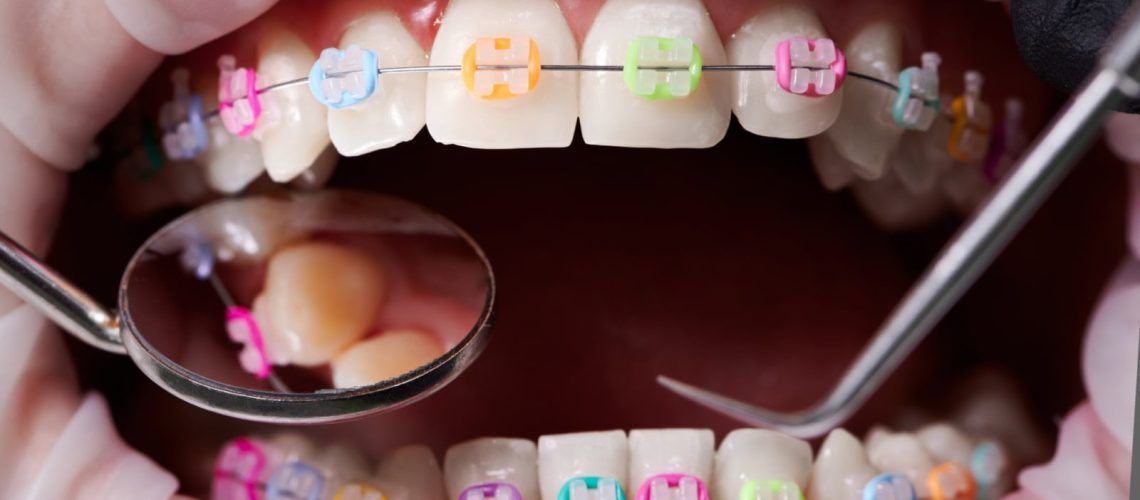If you’ve recently visited an orthodontist and gotten braces, then you’re probably aware of how difficult it can be during the first few weeks of adjusting to your new treatment. Orthodontists can provide numerous methods for treating orthodontic pain, but what about your primary dentist? Your primary dentist can help relieve orthodontic pain through numerous strategies, and in this article, we’ll be sharing some of our secrets for helping patients adjust to their new orthodontic treatment and provide pain relief.
Primary Dentists and Orthodontic Pain Management
Pain is often a part of orthodontic treatment, especially when fixed appliances are used to correct the patient’s jawline and tooth formation. Orthodontic pain is often influenced by age, gender, pain tolerances, appliance type, and other factors, and it can vary from patient to patient. Orthodontists have a huge output of orthodontic pain management techniques under their belt, including both pharmaceutical and non-pharmaceutical methods. In these cases, orthodontists need to judge their cases individually to select the appropriate treatment for them and understand their patient’s threshold.
For primary dentists, however, while it may appear that our resources for pain management are limited, we also have a selection of pain management techniques to help patients with their orthodontic treatment. For many dentists, researchers are able to provide the latest methods for treating orthodontic pain and give them better resources for individual cases. Some of these findings include:
- Non-Steroidal Anti-Inflammatory Drugs: NSAIDs such as ibuprofen and acetaminophen can provide extended pain relief and are often considered the safest options when dealing with tooth movements and root reabsorptions. But many times, these options depend on the person’s individual case to determine its success.
- Analgesics: This type of medication can include a combination of NSAIDs and opioid drugs or narcotics to help provide immediate pain relief. This use of drugs is often considered an effective and routine methodology for orthodontic pain, and it highly depends on how these analgesics are grouped to determine their potency. As a general rule, though, prescriptions for NSAIDs are recommended first to provide pain relief and move up in scale until the condition subsides.
- Targeted Nutritional Guidance: In other cases, providing nutritional guidance to help avoid triggering pain throughout the mouth can help prevent pain and discomfort during the adjustment phase of orthodontic treatment.
It’s important that, as dentists, we are aware of every factor involved with our patient’s pain levels, oral history, and other factors that may influence their pain management. Your orthodontist will most likely be able to provide other forms of treatment, such as oral numbing gel and orthodontic waxes, but for orthodontic pain when adjusting to braces, in some cases, the best remedy for pain relief is giving your mouth time to adjust to the treatment.
Seeking Dental Treatment For Orthodontic Pain
If you’re experiencing any form of dental pain, it’s important to see your dentist help negate the risk of cavities, gum disease, and other oral problems that may affect your health. By contacting your dentist today, you’ll be protecting your teeth and gums for life!
If you’ve recently visited an orthodontist and gotten braces, then you’re probably aware of how difficult it can be during the first few weeks of adjusting to your new treatment. Orthodontists can provide numerous methods for treating orthodontic pain, but what about your primary dentist? Your primary dentist can help relieve orthodontic pain through numerous strategies, and in this article, we’ll be sharing some of our secrets for helping patients adjust to their new orthodontic treatment and provide pain relief.
Primary Dentists and Orthodontic Pain Management
Pain is often a part of orthodontic treatment, especially when fixed appliances are used to correct the patient’s jawline and tooth formation. Orthodontic pain is often influenced by age, gender, pain tolerances, appliance type, and other factors, and it can vary from patient to patient. Orthodontists have a huge output of orthodontic pain management techniques under their belt, including both pharmaceutical and non-pharmaceutical methods. In these cases, orthodontists need to judge their cases individually to select the appropriate treatment for them and understand their patient’s threshold.
For primary dentists, however, while it may appear that our resources for pain management are limited, we also have a selection of pain management techniques to help patients with their orthodontic treatment. For many dentists, researchers are able to provide the latest methods for treating orthodontic pain and give them better resources for individual cases. Some of these findings include:
- Non-Steroidal Anti-Inflammatory Drugs: NSAIDs such as ibuprofen and acetaminophen can provide extended pain relief and are often considered the safest options when dealing with tooth movements and root reabsorptions. But many times, these options depend on the person’s individual case to determine its success.
- Analgesics: This type of medication can include a combination of NSAIDs and opioid drugs or narcotics to help provide immediate pain relief. This use of drugs is often considered an effective and routine methodology for orthodontic pain, and it highly depends on how these analgesics are grouped to determine their potency. As a general rule, though, prescriptions for NSAIDs are recommended first to provide pain relief and move up in scale until the condition subsides.
- Targeted Nutritional Guidance: In other cases, providing nutritional guidance to help avoid triggering pain throughout the mouth can help prevent pain and discomfort during the adjustment phase of orthodontic treatment.
It’s important that, as dentists, we are aware of every factor involved with our patient’s pain levels, oral history, and other factors that may influence their pain management. Your orthodontist will most likely be able to provide other forms of treatment, such as oral numbing gel and orthodontic waxes, but for orthodontic pain when adjusting to braces, in some cases, the best remedy for pain relief is giving your mouth time to adjust to the treatment.
Seeking Dental Treatment For Orthodontic Pain
If you’re experiencing any form of dental pain, it’s important to see your dentist help negate the risk of cavities, gum disease, and other oral problems that may affect your health. By contacting your dentist today, you’ll be protecting your teeth and gums for life!

